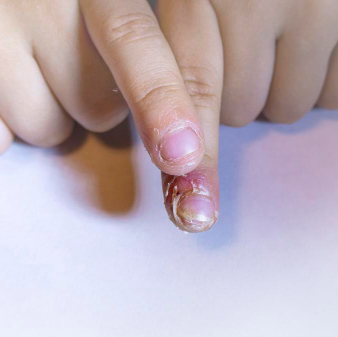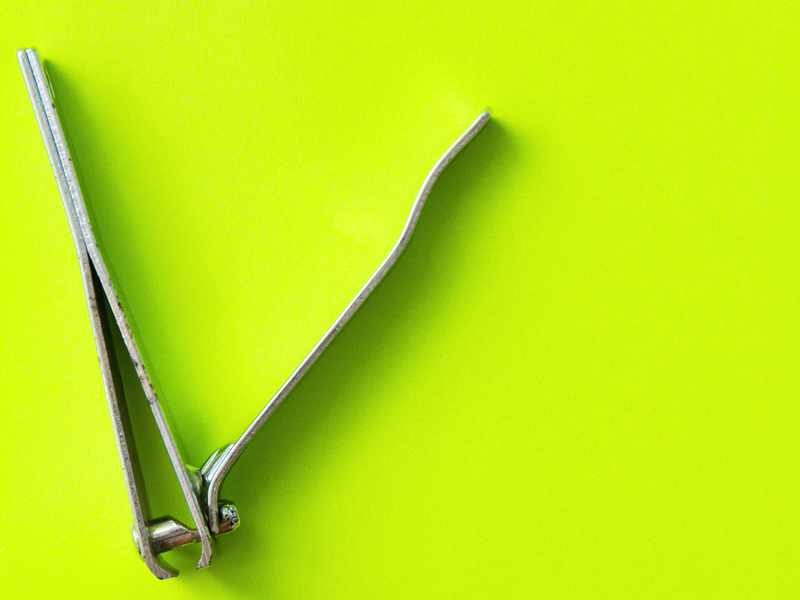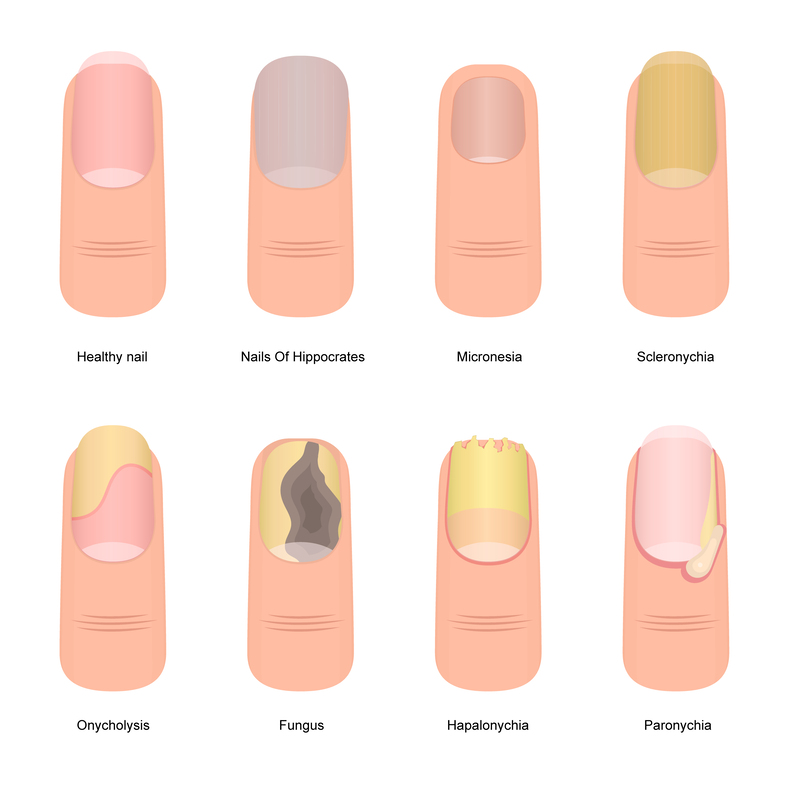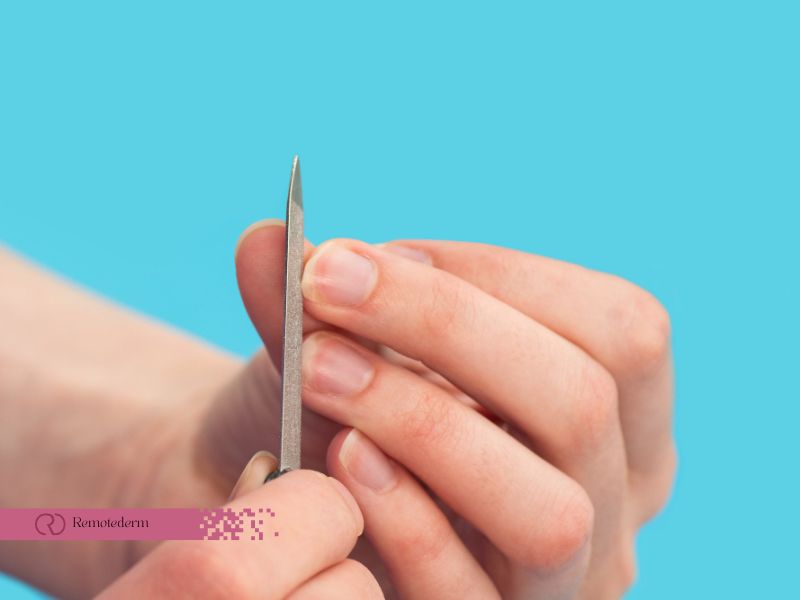Sometimes the health of our nails is unnoticed and unexplained but its function is actually of utmost importance for our overall health. The proximal nail fold is one of the basic aspects of maintaining nail health. We will define the proximal nail fold, mention its importance, and talk about how to take care of it in this article. We will likewise deal with nail problems that are often seen and supply effective ways of maintaining nails. Further, we will look at how climate and lifestyle in Canada can have impacts on nail health and suggest solutions.
What is the Proximal Nail Fold?
The proximal nail fold, the skin that locates at the base of your nail, is found right near the cuticle. This area acts as a safeguard that blocks physical injury and infections to the nail growing part. The health and appearance of your nails can be easily damaged due to the condition of your proximal nail fold.
Importance of the Proximal Nail Fold
The proximal nail fold’s primary function is to protect the new nail as it grows. A nail fold that is healthy will ensure smooth and strong nails thus, preventing common problems like nail fungus and other nail diseases. The proper care for this area of one’s nails are absolutely necessary to be observed in the pursuit of general nail health.
The Proximal Nail Fold Relationships with Common Nail Issues
The effect of the nail is often visible not far from the very proximal nail fold in a variety of ways. The major point in diagnosing these diseases is the ability to detect them and also to develop a proper treatment strategy. This section is about the general nail problems that happen in the proximal nail fold.
1. Nail Fungus
Nail fungus is a very common disease affecting the nail fold and is mostly caused by the proximal nail fold. The nail may turn yellow, gray, and actually fall apart. The fungal infection can go in a negative way and even move to other nails and thus cause great pain.
2. Paronychia
Paronychia is a type of infectious inflammation of the proximal nail fold, characterized by pus, symptoms of pus, and other symptoms.

3. Nail Psoriasis
Nail psoriasis sometimes reaches out to the proximal nail fold, which becomes red and inflamed. The condition usually manifests as pitting, discoloration, and separation of the nail from the nail bed.
How to Care for Your Proximal Nail Fold
Proper care of the proximal nail fold is essential to maintaining its health and protecting your nails. Follow these tips to keep your proximal nail fold in good condition:
1. Keep the Area Clean and Dry
Periodical and complete cleaning followed by drying the proximal nailfold will be enough to stop the growth of bacteria.
2. Moisturize Regularly
The proximal nail fold can maintain softness and prevent cracking which would be caused by the use of a moisturizer. Prefer products that are intended for nail care and, in many cases, vitamins and aloe vera are added as beneficial effects.
3. Avoid Harsh Chemicals
Proximal nail fold gets affected by harsh chemicals and thus will be weakened. Protect your skin and nails by using gloves while handling cleaning products or other irritants.
4. Trim Your Nails Properly
One of the most important things to look for to avoid nail infection is proper nail trimming. In order to achieve desirable results, a clean and adequate nail clipper and cutting the nails not too short is necessary.

5. Eating A Balanced Diet
If you believe you suffer from a nail fungus, it is immensely important that you go to a dermatologist who are experts in the nail fungus treatment.
Nail Care Tips for Healthy Nails
Keeping the nails in proper shape includes more than just normal hygiene. The prevention of the usual nail problems can be possible by following these tips on the improvement of the nails:
1. Keep Your Diet Balanced
Eat a nutritious diet which will lead to smooth nails. Indeed, the old-school saying “You are what you eat” is the truth. Your meals must consist of all essential vitamins and minerals, including biotin, zinc, and omega-3 fatty acids if you want your fingernails to become strong and healthy.
2. Hydrate adequately
One of the proper ways to take care of your skin and nails is to make an adequate water intake. Essentially, hydration ensures that there is no brittleness or cracking in the nails and skin.
3. Avoid Biting Your Nails
Nail biting is very destructive to the proximal nail fold and can facilitate the entry of bacteria which can, therefore, cause an infection. One way to kick this habit is cutting and cleaning your nails regularly.
4. Use Nail Strengtheners
Nail strengtheners can reinforce your nails and the proximal nail fold. Try to find products that contain keratin or other ingredients that are strengthening.
Recognizing and Treating Nail Diseases

The early detection of nail disease is the most important and this is due to the fact that it makes the treatment more efficient and maintains overall nail health. Seasonal changes and varying climates in Canada can cause serious changes in nail health, thus the need to pay attention to warning signs.
1. Nail Diseases Chart
A nail diseases chart is a very helpful reference tool that can do a great deal of work in finding out common conditions in the nails. As a result, this visual material can provide you with all necessary information about the nail changes and their treatment attacks that might be visualized on it hopefully.
2. Get Professional Assistance
You should speak with a healthcare professional if you notice any odd alterations to your nails or proximal nail fold. By consulting a dermatologist for nail fungus or any other conditions, nail health can be improved and complications can be avoided with early diagnosis and treatment.
Final Thoughts
Proximal nail folds protect the nails, preventing the nails from breaking and thus, maintaining good nail condition. Taking measures like proper cleaning, moisturizing, and avoiding the use of chemicals is the way through which you can maintain healthy nails. Due to the ever-changing Canadian weather conditions along with climate issues, methodological caretaking becomes of crucial importance in ensuring the proper functioning of the proximal nail fold. Nail brittleness and splitting can be the result of a cold season with little amounts of water, and fungal infections can start in the hot and humid summer months. Although they can appear to many during their life, individuals can overcome most nail disorders by taking care of nails, regaining personal wellbeing, and practicing a healthy way of life.
FAQs
1. Will the proximal nail fold regrow?
Yes, the immediate skin fold can fill up again if it’s damaged, but in the case of serious trauma, medical care may be necessary.
2. How do I know if I have a nail fungus?
Common red flags arise from nail discoloration, thickening, and a foul odor. Play it safe, and ask a professional to give an accurate diagnosis.
3. Can nail psoriasis affect the proximal nail fold?
Yes, nail psoriasis can cause inflammation and redness in the proximal nail fold, leading to discomfort and nail changes.
4. Can the proximal nail fold be impacted by nail psoriasis?
Of course, nail psoriasis often manifests as proximal fold swollen red and irritated skin. In addition, the changed nails and the grave discomfort are the obvious outcomes of such a problem.
